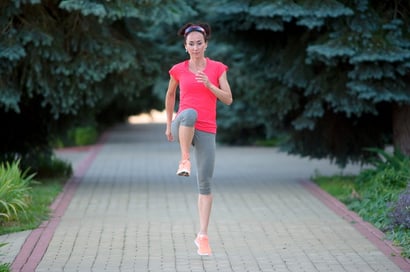 You might think that skipping the warm-up when you work out isn’t that serious. You only have so much time to get your work out in, so you think, “My warm-up was walking in here,” and “I don’t have enough time!”
You might think that skipping the warm-up when you work out isn’t that serious. You only have so much time to get your work out in, so you think, “My warm-up was walking in here,” and “I don’t have enough time!”
Warming up is a significant component of your fitness routine, and skipping it could result in unpleasant and dangerous results. Muscle strains, muscle injury, and pain are just a few of them. In all honesty, a proper warm-up will actually advance your workout performance!
The Warm-up: Basics
A warm-up is a short workout time at the beginning of your exercise session. Warming up is generally low intensity and gets your body ready for the upcoming exertion.
The point of executing a warm-up is to increase your heart rate, raise your core body temperature, and increase the blood flow to your muscles. Cold muscles and other connective tissues do not stretch very easily. Adding in a warm-up can literally warm up those muscles and allow for them to relax, giving them a better chance to work better.
When you skip the warm-up, it makes you body more susceptible to sprained muscles, cramps, and other injuries. These injuries could actually prevent you from exercising altogether until you recover, and this is the opposite of the healthy lifestyle you are trying to live.
It can take the body about three minutes to realize that it needs to move more blood to your muscles. The ideal warm-up time is anywhere between five and ten minutes.
The Warm-up: Strategy
Now that I have explained the importance of warming up, let me share with you how I personally prepare myself, as well as each of the members I work with.
A proper warm-up is about more than just “warming up the body”; it is about preparing the body for an all-out training attack that is going to enhance your metabolism. I like to look at the warm-up as a preparation phase for what is to come. The three key components I like to focus on are the following:
- Tissue quality
- Corrective exercise
- Mobility and activation
Tissue Quality
The majority of chronic joint pain or overuse injuries are caused by tightness and restrictions in the muscles above or below the area in question. In other words, it’s not about the victim…it’s about the culprit!
I struggle with knee pain that is often caused by restrictions in the tissues of my front/inner/outer thighs. Back pain can often be caused by restrictions in your glutes and hamstrings, along with shoulder pain associated with thoracic spine (T-Spine), chest, and lats.
Over time, we can develop scar tissue, adhesions, and knots and trigger points due to high-intensity training, overuse, and/or extended periods of sitting. My personal struggle is all the years I played high school, college, and professional basketball. The best way I know how to address my areas of pain is to self-massage the areas that may be sore and tight using good strategies I have learned from one of our massage therapists here at NIFS.
Corrective Exercise
We all experience “issues” with body mechanics and functional movement capabilities. For some the issues could be lack of flexibility, while others may experience balance and mobility issues. There could even be a difference between sides, with the right side being “stronger” than the left side.
The FMS (Functional Movement Screen) is a ranking and grading system that documents movement patterns that are key to normal function. By screening these patterns, FMS readily identifies functional limitations and asymmetries. These issues can reduce the effects of functional training and physical conditioning and distort awareness.
The FMS scoring system is directly linked to the most beneficial corrective exercise to restore mechanically sound movement patterns. Exercise professionals monitor the FMS score to track progress and identify those exercises that will be most effective in restoring proper movement as well as building strength in each individual.
To recap the importance of the FMS:
- Identify functional limitations and asymmetries that have been linked to increased injury risk.
- Provide exercises to restore proper movement and build stability, mobility, and strength to each individual.
Mobility and Activation
A mobility and activation circuit truly prepares your body for a maximum-performance workout. Mobility describes the ability of a joint, or a series of joints, to move through an ideal range of motion. Mobility requires an additional strength, stability, and neuromuscular control component to allow for proper movement. Activation is often paired with mobility because many mobility exercises activate key, and often dormant, pillar stabilizers in your hips, core, and shoulders.
Not JUST a Warm-Up
So, the next time you decide to skip your warm-up or think you don’t have enough time, remember that a warm-up is imperative for injury prevention and your long-term health, fitness, and weight-loss goals. Don’t do yourself an injustice by not warming up.
This blog was written by Ashley Duncan, Weight Loss Coordinator. To find out more about the NIFS bloggers, click here.


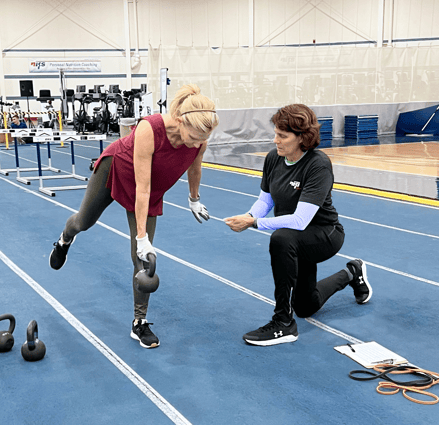 “Success favors the prepared” is one of my favorite quotes highlighting what it takes to be successful in life and any pursuit that interests you. Without preparation and planning, effort and action really have no direction, which can result in you being lost. I would also offer that a misguided workout plan, although it’s a plan you didn’t have before, can be just as detrimental to your success. So having an exercise plan is really important, but having a solid and well-thought-out plan is super important!
“Success favors the prepared” is one of my favorite quotes highlighting what it takes to be successful in life and any pursuit that interests you. Without preparation and planning, effort and action really have no direction, which can result in you being lost. I would also offer that a misguided workout plan, although it’s a plan you didn’t have before, can be just as detrimental to your success. So having an exercise plan is really important, but having a solid and well-thought-out plan is super important!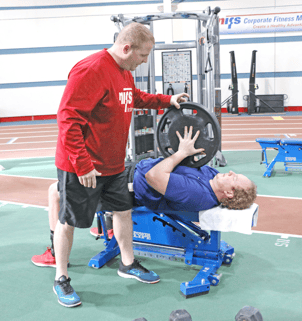 “Move well then move often”
“Move well then move often”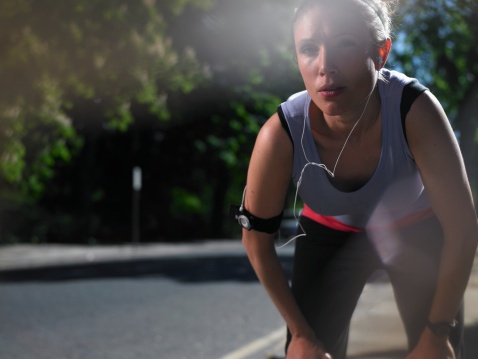 Overtraining
Overtraining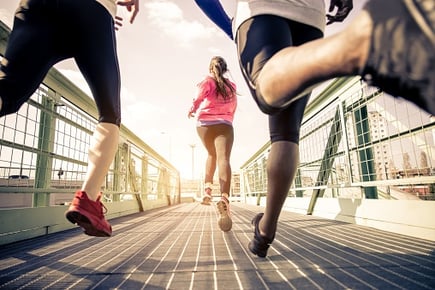 Having strong glutes is essential for reducing your risk of injury and preventing lower back pain. Those muscles help protect your knees while walking and running, they help you with your speed, and they stabilize the entire leg. Without strong glutes, the entire lower body may fall out of balance causing other injuries
Having strong glutes is essential for reducing your risk of injury and preventing lower back pain. Those muscles help protect your knees while walking and running, they help you with your speed, and they stabilize the entire leg. Without strong glutes, the entire lower body may fall out of balance causing other injuries
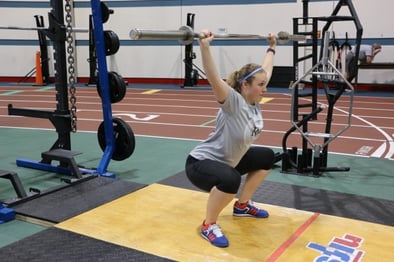 Improve performance of one or multiple lifts
Improve performance of one or multiple lifts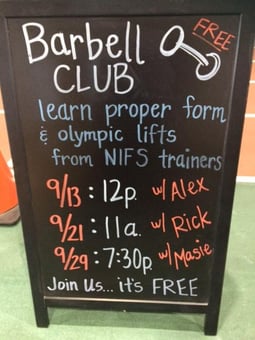 Clean (Hang or Power)
Clean (Hang or Power)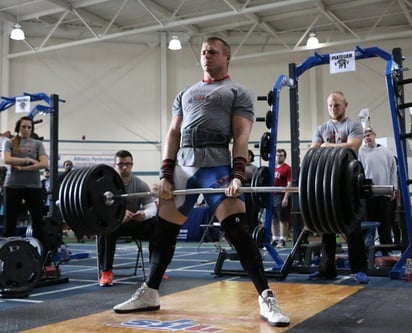 There are numerous different products on the market now that are supposed to help improve your strength training. From lifting belts to Mark Bell’s patented Slingshot, there is more gear available now than ever. For a novice lifter, the multitude of available products will probably just leave your head spinning. What is actually helpful and what is just a moneymaker? Here is my take on some of the most popular products out there.
There are numerous different products on the market now that are supposed to help improve your strength training. From lifting belts to Mark Bell’s patented Slingshot, there is more gear available now than ever. For a novice lifter, the multitude of available products will probably just leave your head spinning. What is actually helpful and what is just a moneymaker? Here is my take on some of the most popular products out there.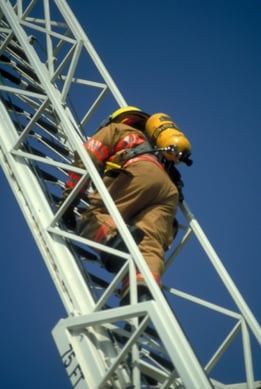 For just shy of a year now, NIFS has had the honor and privilege of assisting in the training of the
For just shy of a year now, NIFS has had the honor and privilege of assisting in the training of the 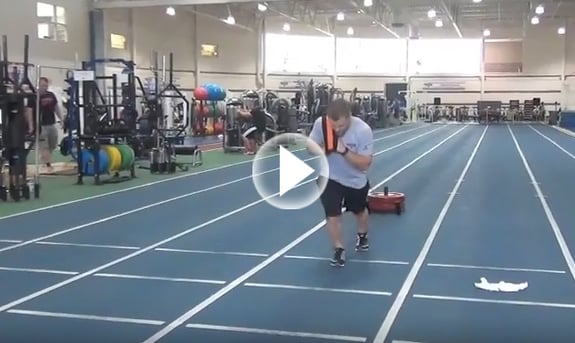
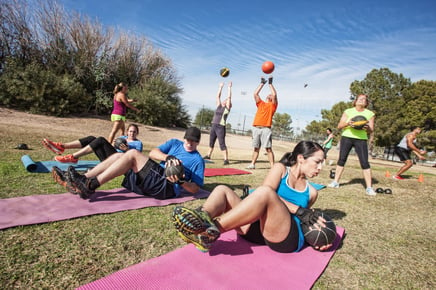 So many people have been expectantly waiting for this hot summer weather to be able to get outside for their workouts. And I can tell you that I am also one of those people; but there are some dangers behind the dog days of summer that we all need to be aware of.
So many people have been expectantly waiting for this hot summer weather to be able to get outside for their workouts. And I can tell you that I am also one of those people; but there are some dangers behind the dog days of summer that we all need to be aware of.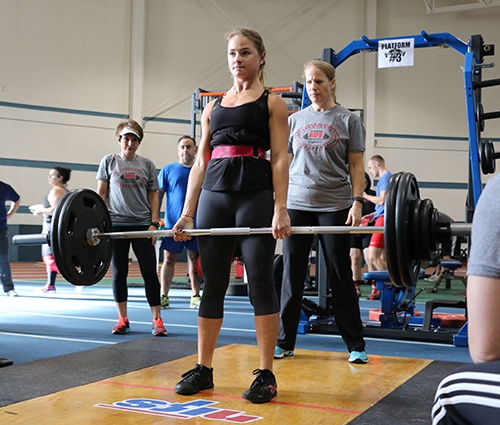 The deadlift is a creature all its own. There is no other exercise like it, and there are so many reasons behind that. It can be one of the most beneficial total-body exercises, yet at the same time, one of the most detrimental if performed incorrectly. Numerous factors go into this very important lift, but there are a few tricks to keep in mind to help you set up and perform well consistently while avoiding injury.
The deadlift is a creature all its own. There is no other exercise like it, and there are so many reasons behind that. It can be one of the most beneficial total-body exercises, yet at the same time, one of the most detrimental if performed incorrectly. Numerous factors go into this very important lift, but there are a few tricks to keep in mind to help you set up and perform well consistently while avoiding injury.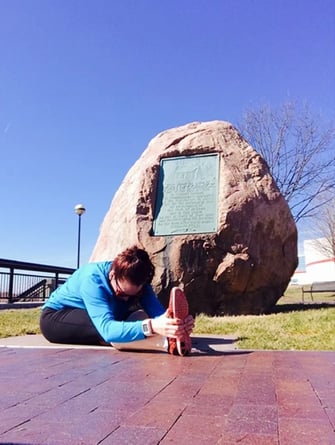 We know it is encouraged by fitness professionals, and included at the end of group exercise classes, but I want to ask you, personally: how many times after a workout do you actually take the time to cool down?
We know it is encouraged by fitness professionals, and included at the end of group exercise classes, but I want to ask you, personally: how many times after a workout do you actually take the time to cool down?